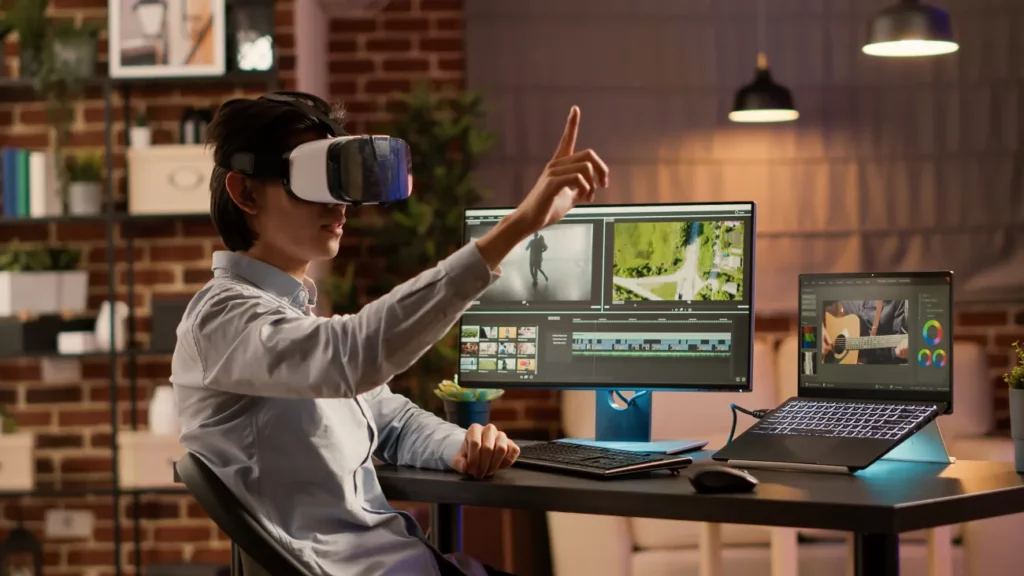Realism in VR and AR applications is becoming more and more critical in the world of marketing.
The idea of using virtual reality for marketing purposes is not new. It has been around for quite some time. However, only recently has this technology gained widespread acceptance among marketers and consumers alike. It is easy to see why: virtual reality provides an unparalleled ability to immerse users in a world entirely different from their own.
For example, when you visit a museum via VR technology, you are transported to places you would never be able to go otherwise. You can walk through ancient ruins or explore the surface of Mars without leaving your home!
Even though virtual reality has been around for quite some time now, it has only recently gained widespread acceptance among marketers and consumers alike.
Realistic Virtual 3D Property Modeling and Visualization
Real estate is a billion-dollar industry that involves property development, acquisition, construction, and sale. Real estate agents are also involved in these activities and managing properties for clients.
Real estate agents use software such as Google SketchUp to create 3D models of homes and buildings. These models can then be used to showcase the property on websites. The 3D models allow potential buyers to get an idea of what the house would look like before they visit it in person.
Museums are another type of business that uses realistic virtual 3D models to promote their business online. Museums often use virtual reality headsets such as Oculus Rift or HTC Vive with motion controllers so visitors can explore exhibits without having to leave their seats! Museums also offer educational tours where students can learn about historical events through first-hand experience through VR headsets!
Schools are also using VR headsets like Oculus Rift or HTC Vive with motion controllers so students can explore historical events from different perspectives (such as being on both sides during World War II).
Walking Through Ancient Ruins Or Exploring The Surface of Mars Without Leaving Home!
Imagine a world in which you can walk through ancient ruins or explore the surface of Mars without leaving your home. Virtual reality (VR) and augmented reality (AR) technologies are allowing us to do just that, and they’re already changing how we experience museums, real estate, and more.
Museums have started to use VR and AR to give visitors the feeling that they are present in historical events. Visitors can see what it was like for soldiers on D-Day or watch how artists worked during different periods of history. The technology is also helping museums make their exhibits more interactive so visitors can understand how things were made and what they looked like when they were new. And because the museum doesn’t have to pay for an expensive traveling exhibit, it has more money to spend on other important things like education programs or preservation efforts.
How You Can Use VR Too
Virtual Reality and Augmented Reality are becoming increasingly popular in the marketing world. They offer a way for brands to engage their audiences in new and exciting ways, immersing them in experiences that feel more real than any other medium.
The applications of VR and AR are endless, from marketing real estate to museums and schools—the possibilities are endless.
Book a free 15-minute call with us and learn you can learn to leverage VR for your business! Contact us today at [email protected]

Close


